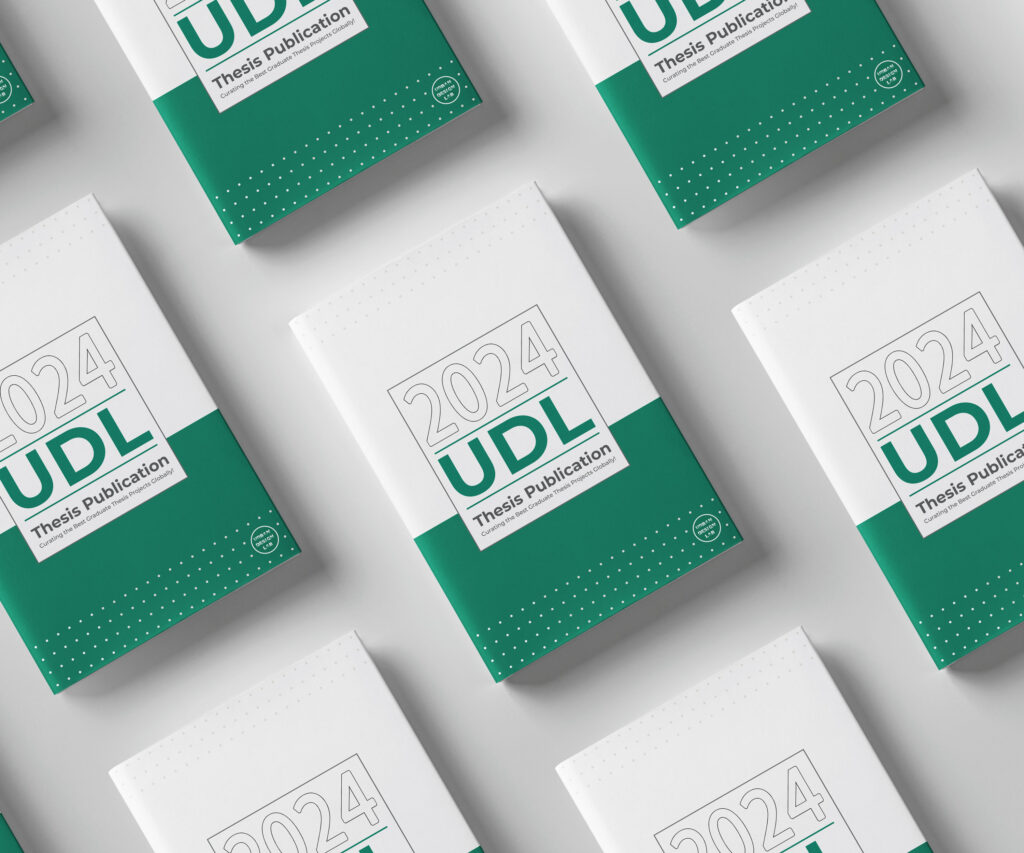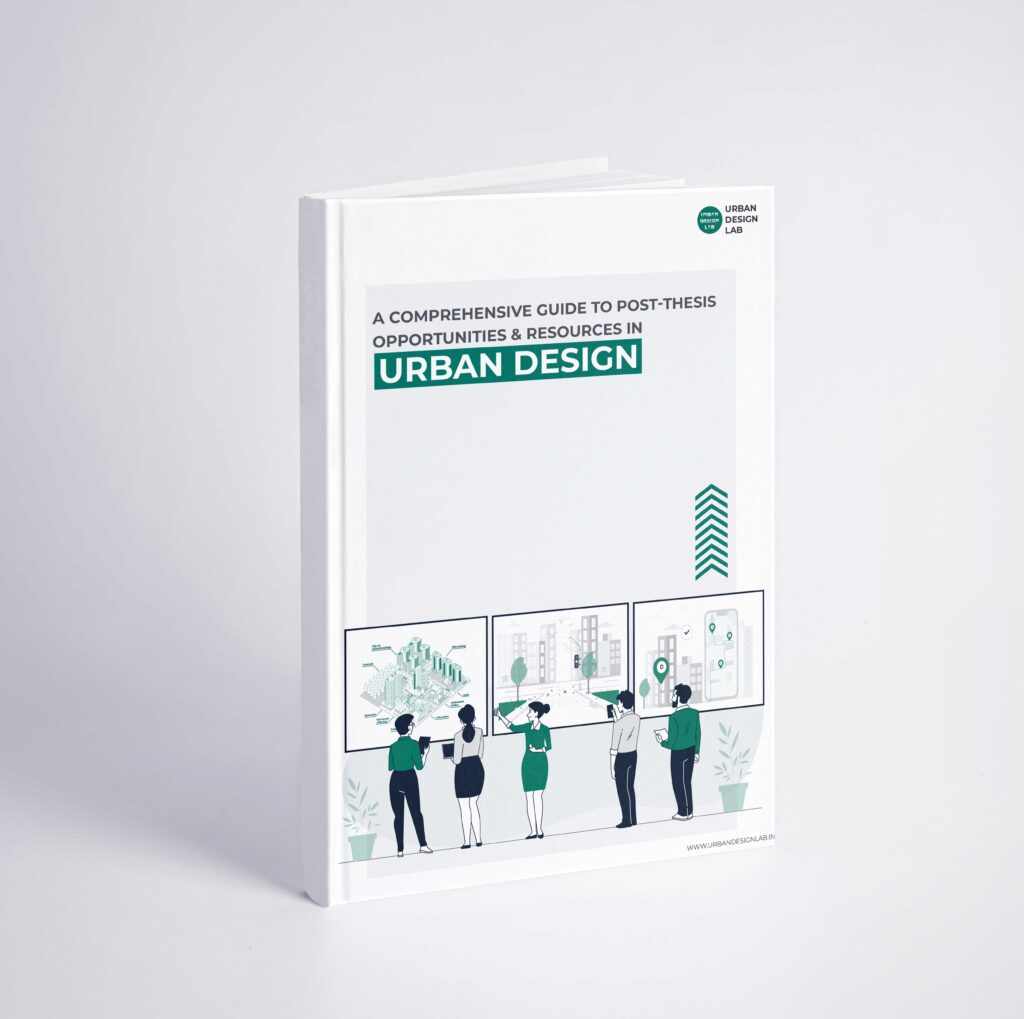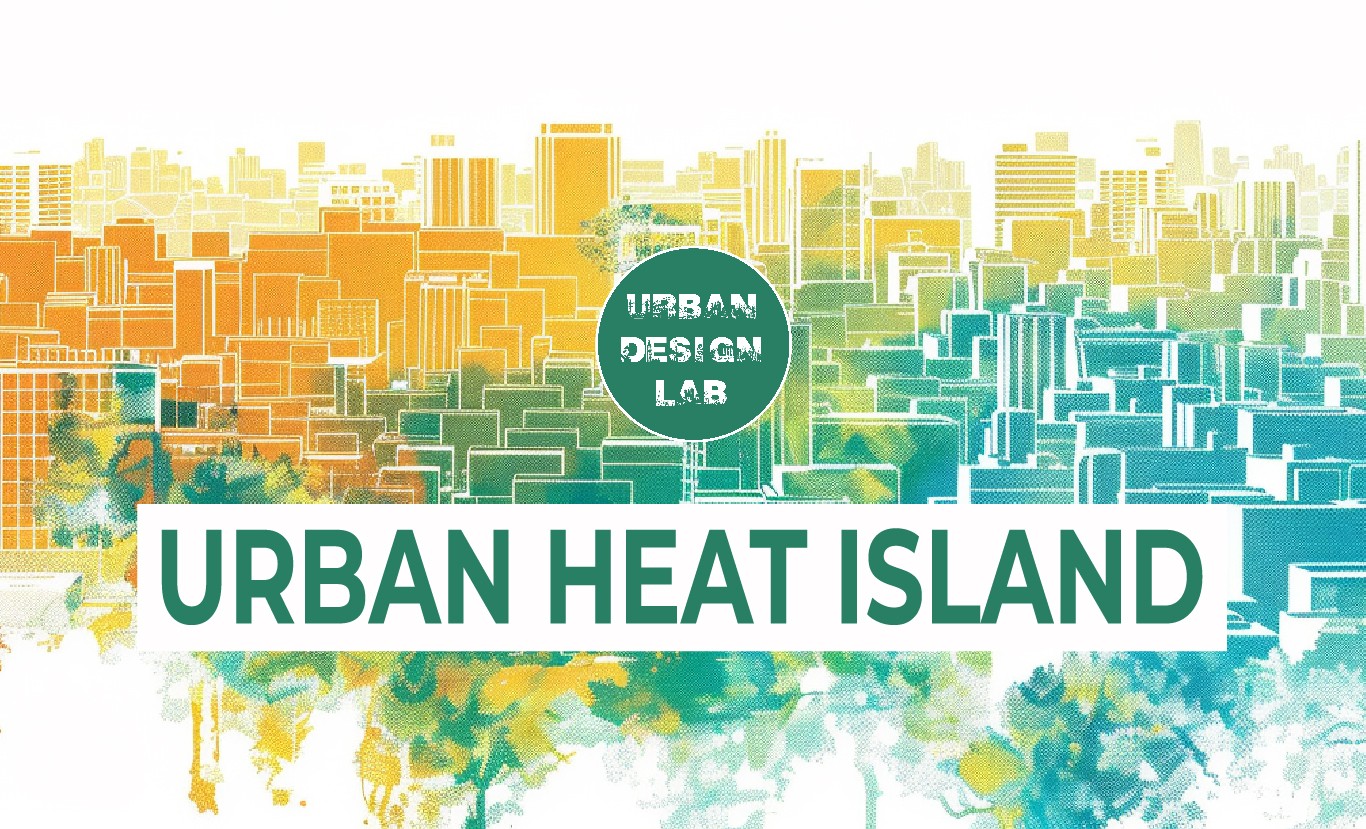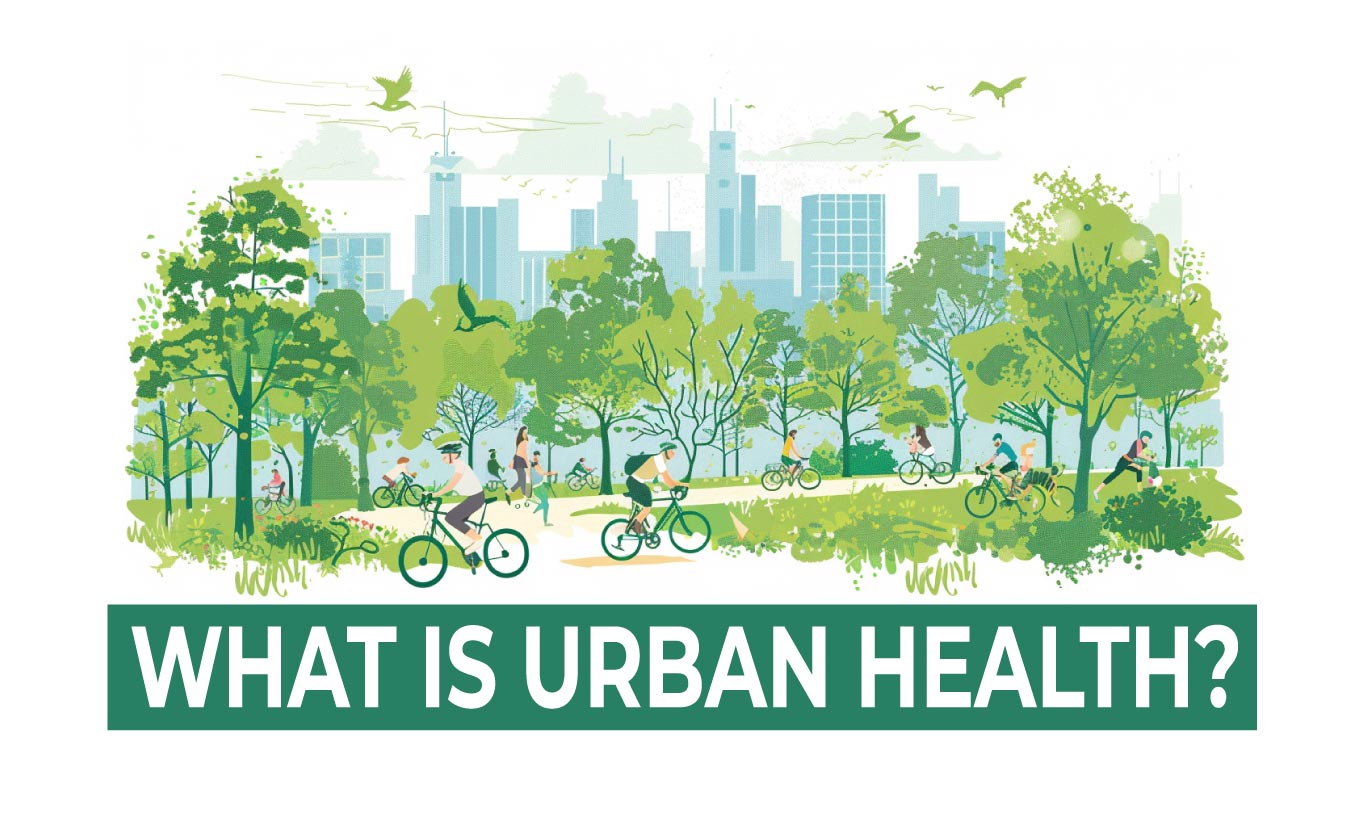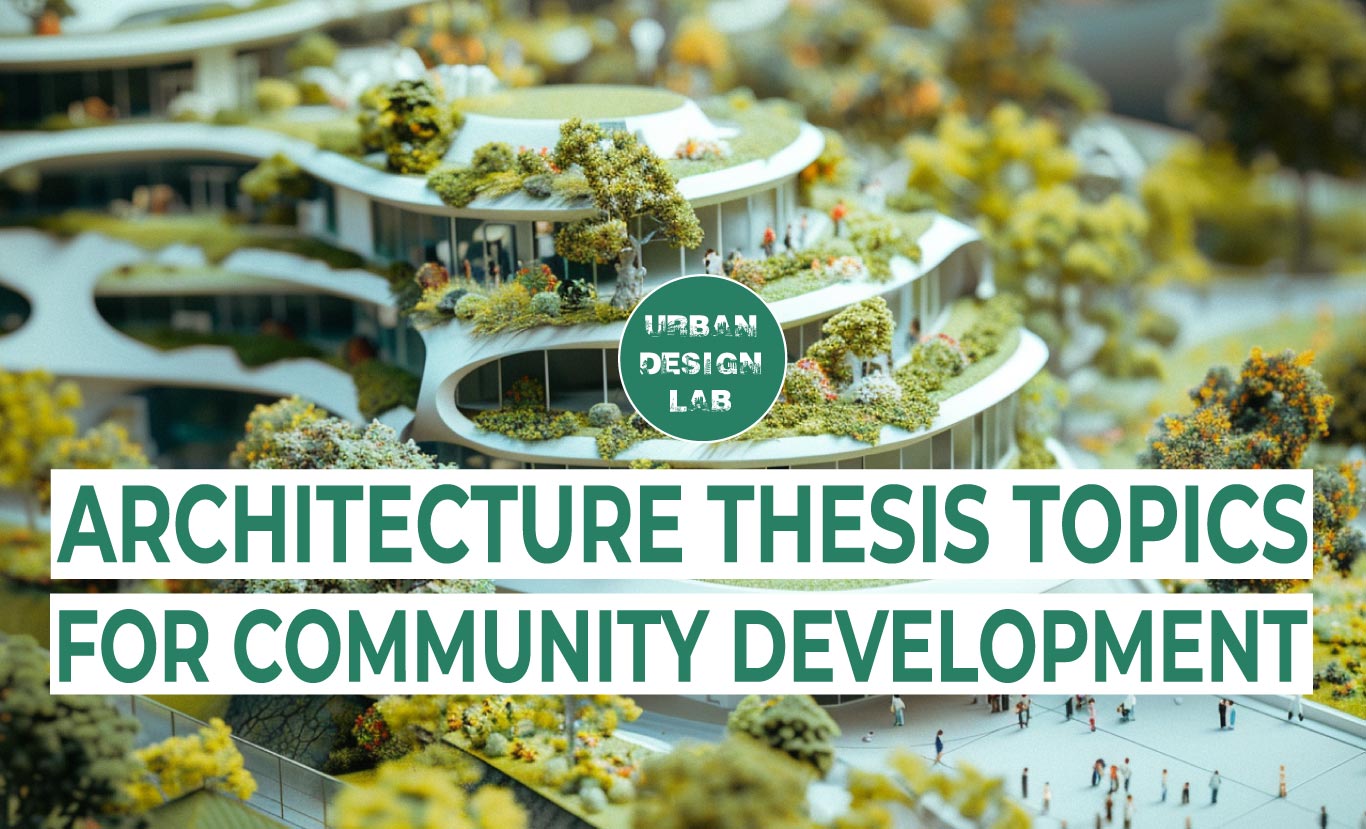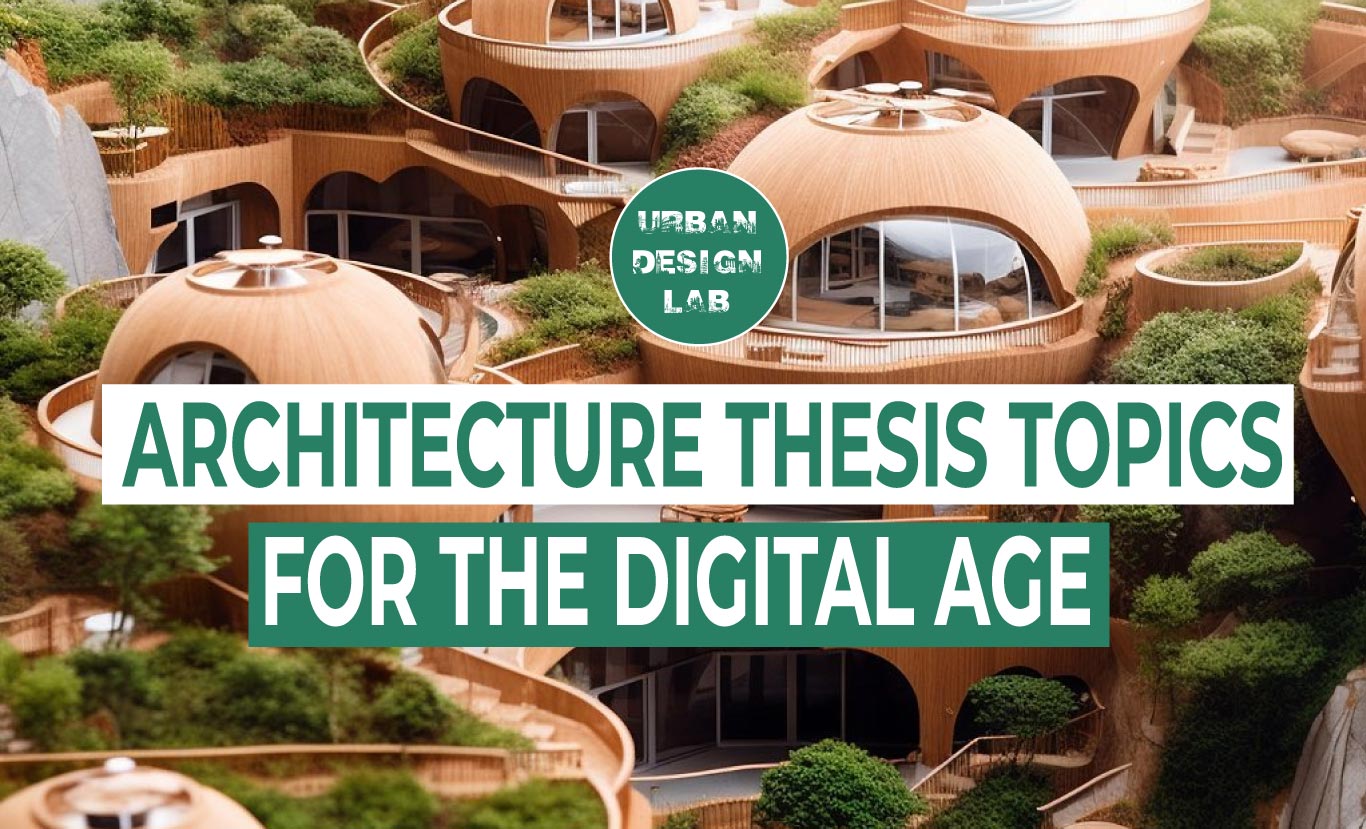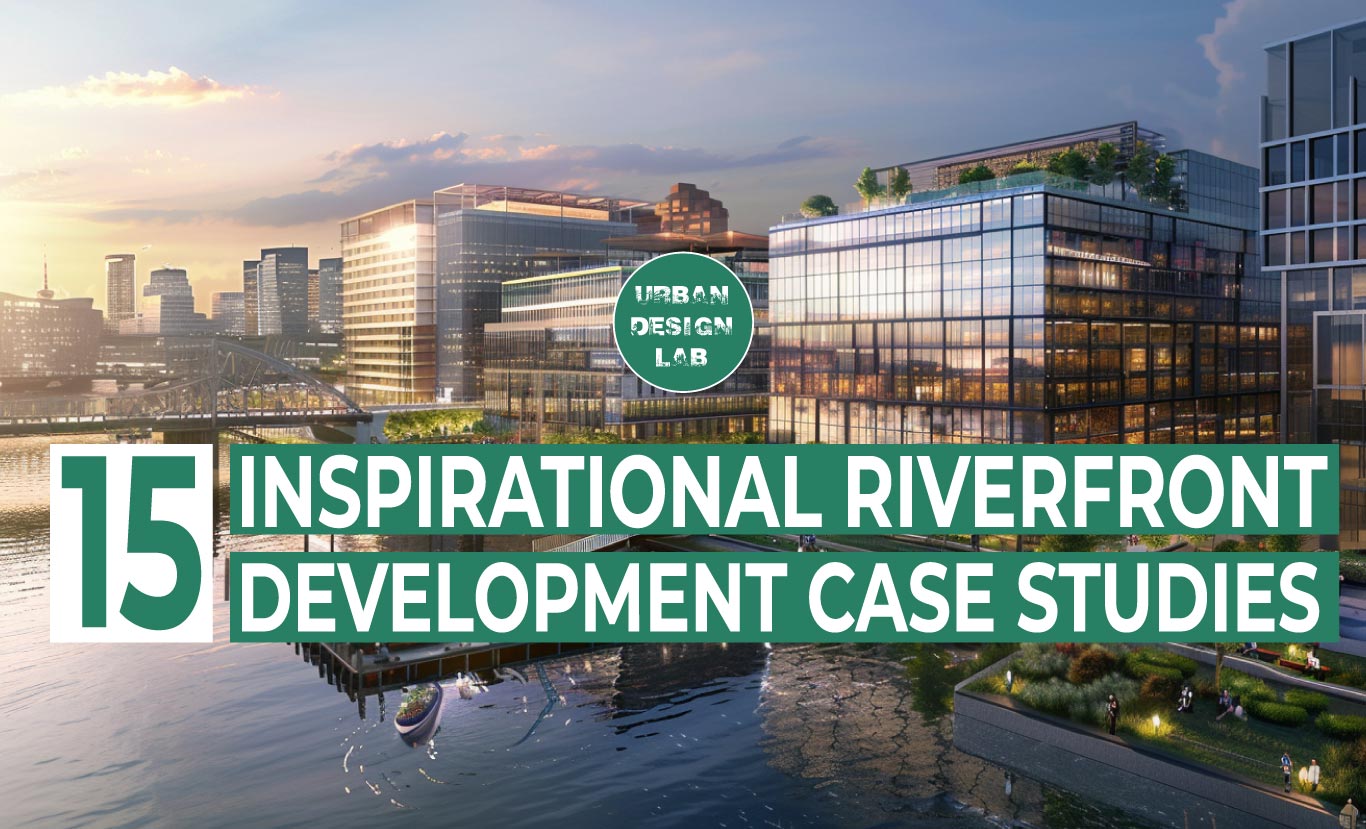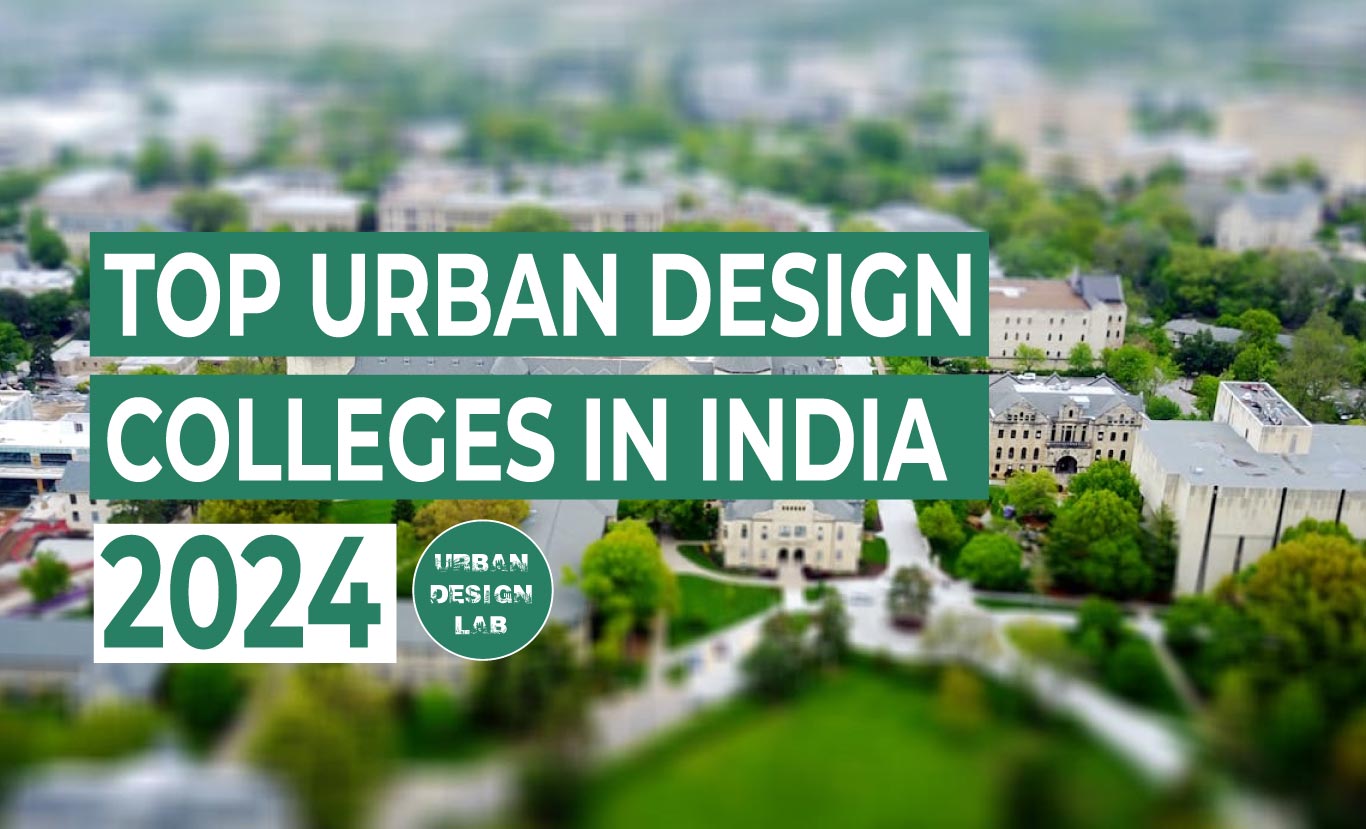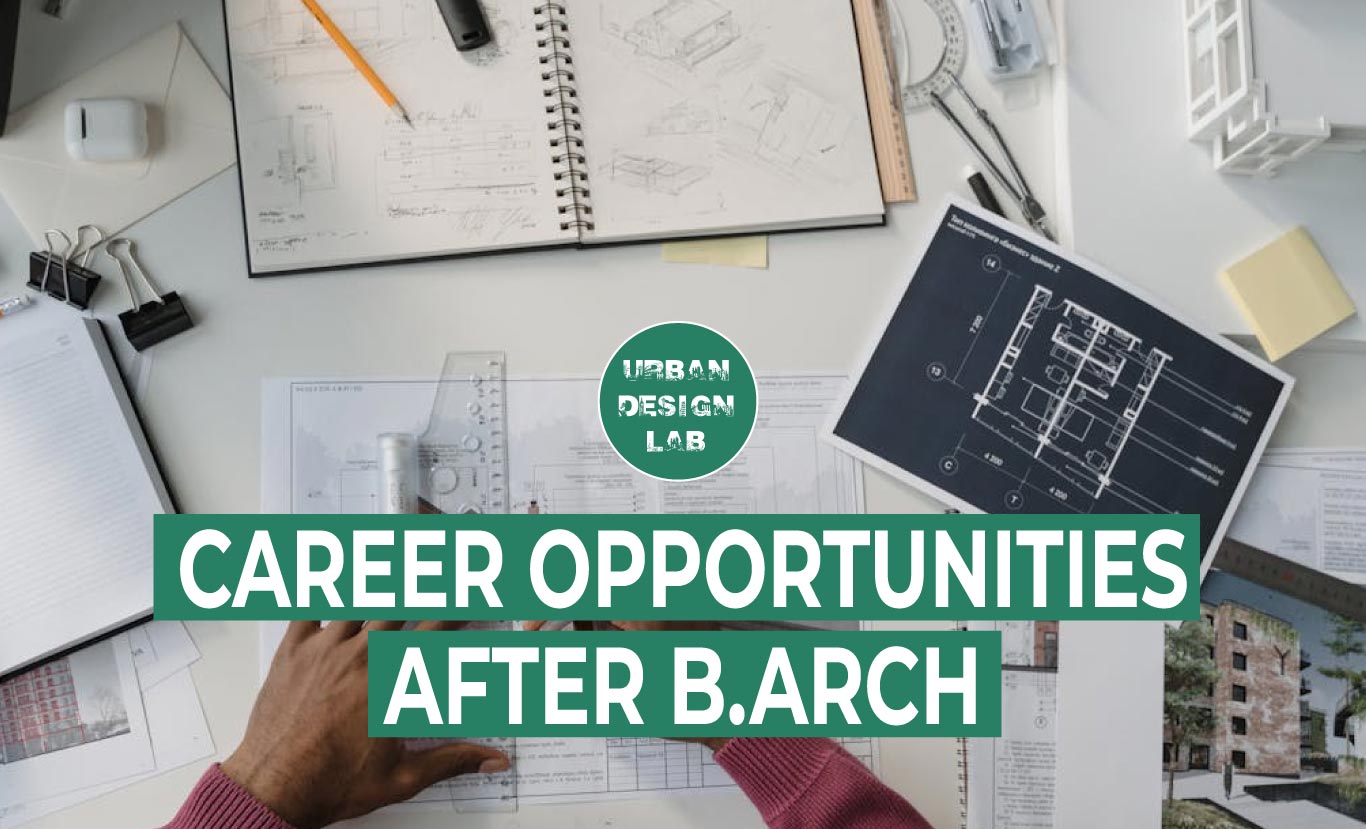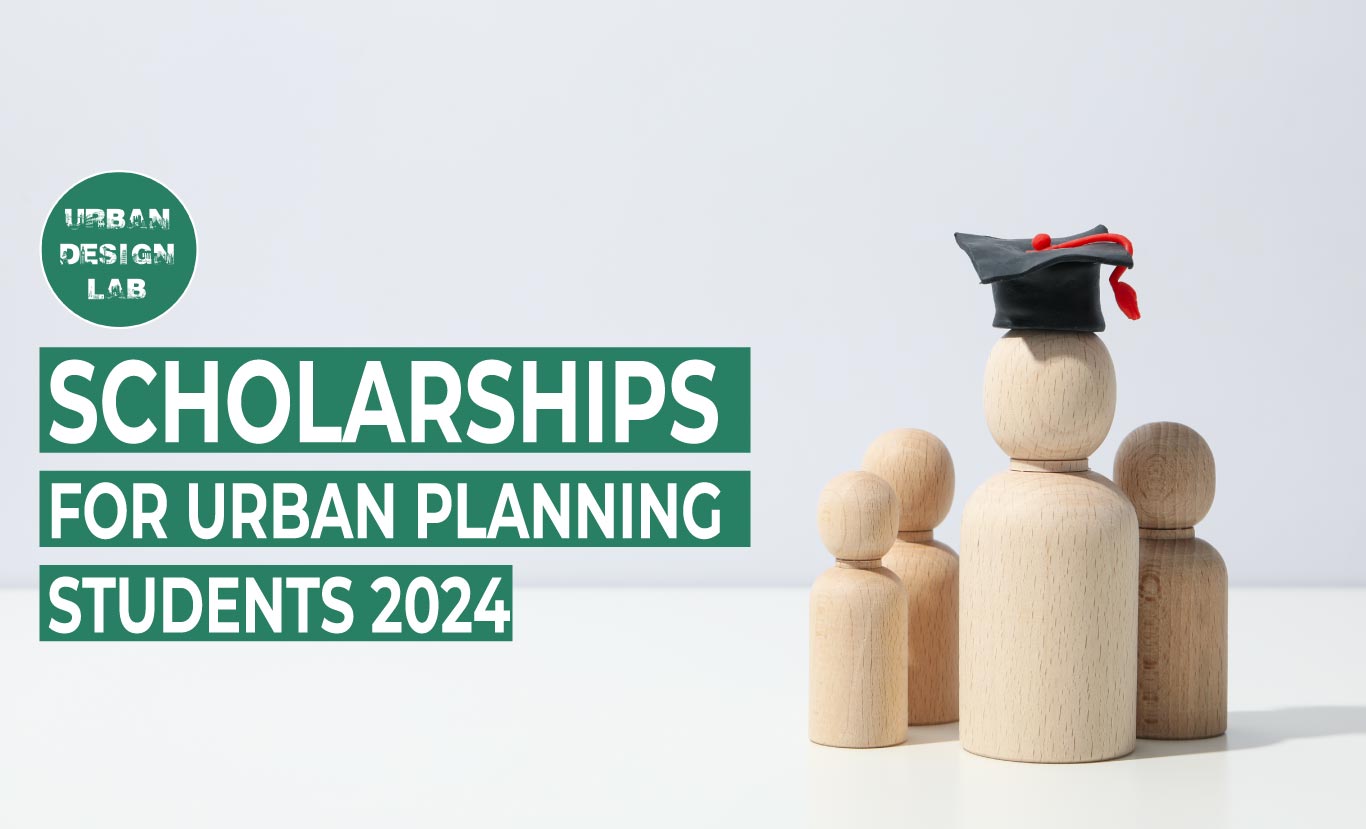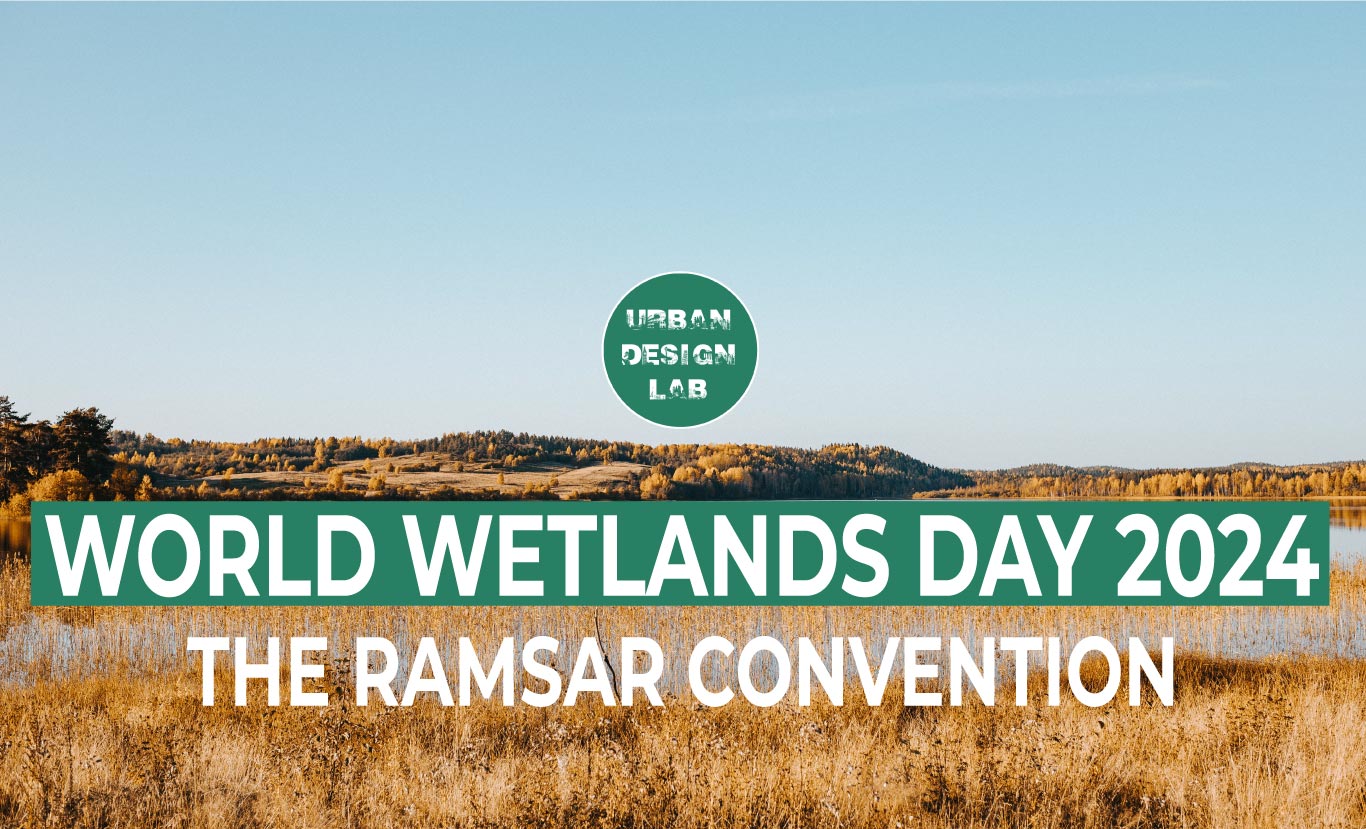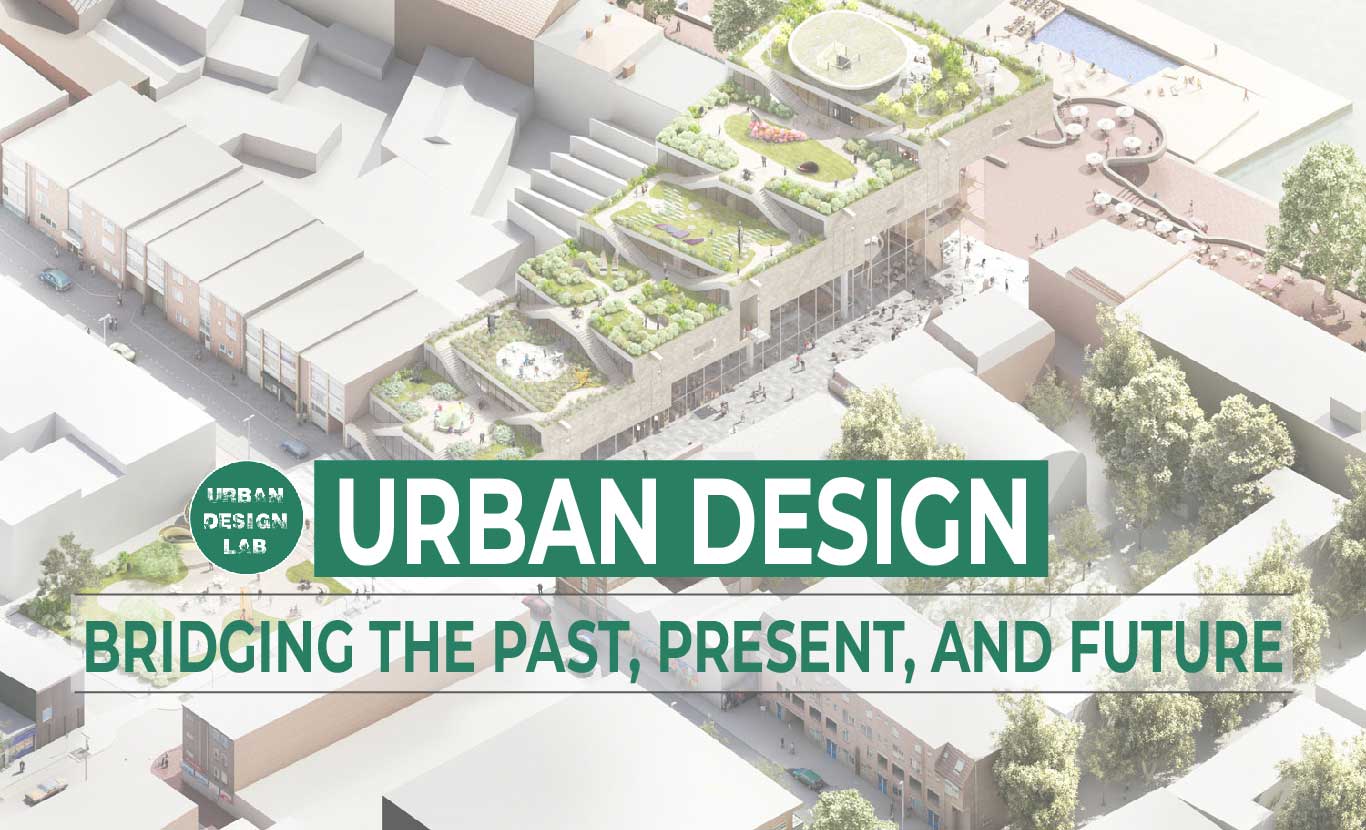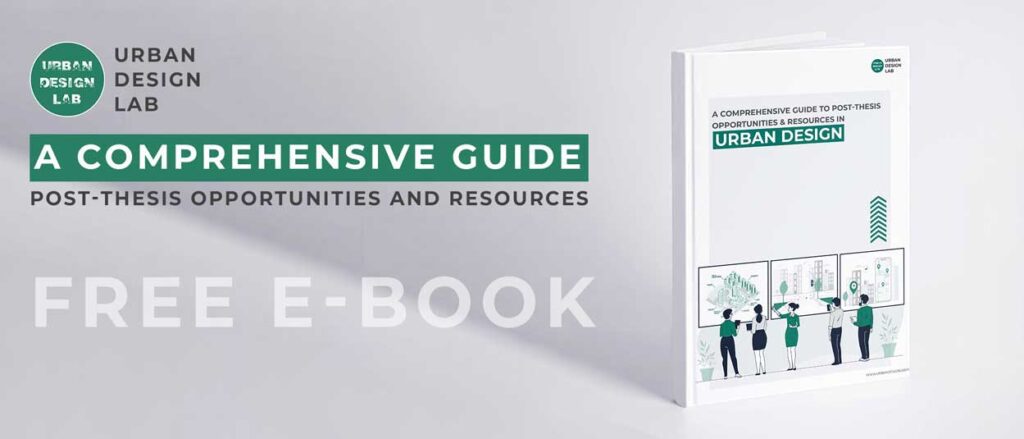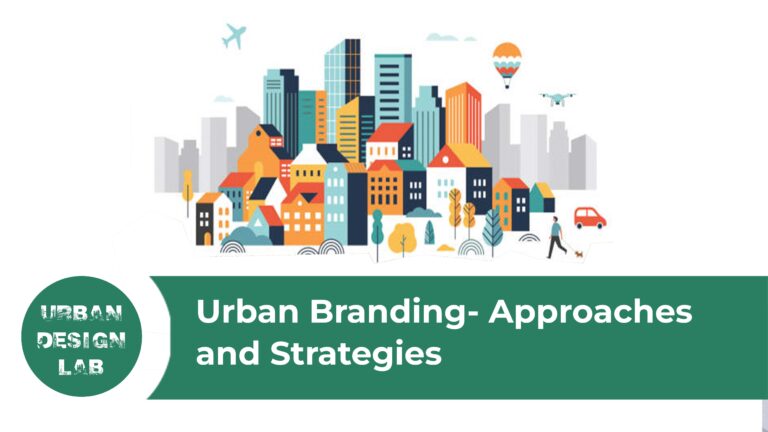
Steering through the pandemic: The urban design experience
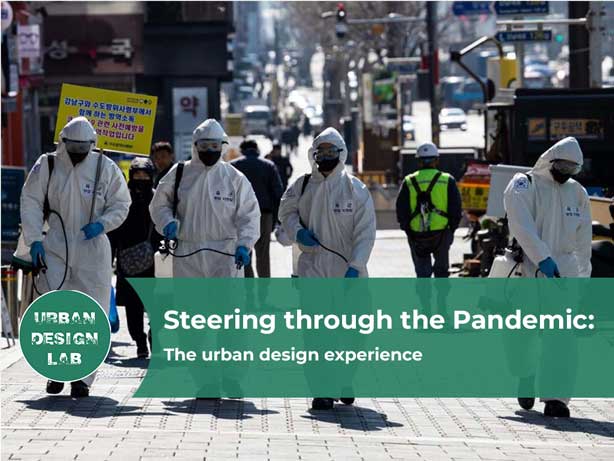
It was one slip and down we came sliding along a path, the end of which we are yet to find. The pandemic threw us into a frenzy disrupting our conception of normal while refining a set course. After being confined at home for a while, the expectation that users have of a said public space had significantly progressed.
Going beyond the physical parameters of urban design, concepts like ‘flexibility’, ‘adaptability’, ‘accessibility’, and most importantly ‘resilience’ come into the picture. Looking closely, one might attribute the existing urban city module as a cause for higher pandemic transmission rates which is a harsh reality. At this juncture, the existing approach to the design process and its resilience to withstand the impact and aftermaths of unannounced situations like the pandemic comes into question. All this together makes Urban space a detrimental parameter in the confrontation process.
The Design Process as We Know It
As the density of cities grew, the planning process paced itself to match the requirements of the same improving connectivity and mobility through highways, ring roads, metro services, and similar transport engineering solutions. But the necessity to pause and think about the socio-economic implications of this design outlook was lost.
As parts of the city grew taller with commercial, residential, and leisure projects setting the backdrop for the same, so did ‘chawls’, slums, and unplanned pockets expand with equal vigor. The demand for a fast-paced lifestyle led to urban planning and design prioritizing automobile traffic over pedestrian quality. With a proposal viewing land use patterns and values five to ten years into the future, we as people of today and tomorrow are surrounded by an increasing number of urban voids. Byproducts like unplanned urbanization have been putting strain on the overall urban fabric. In addition, with hardscape and roads expanding more than ever, the urban heat island effect seems inevitable.
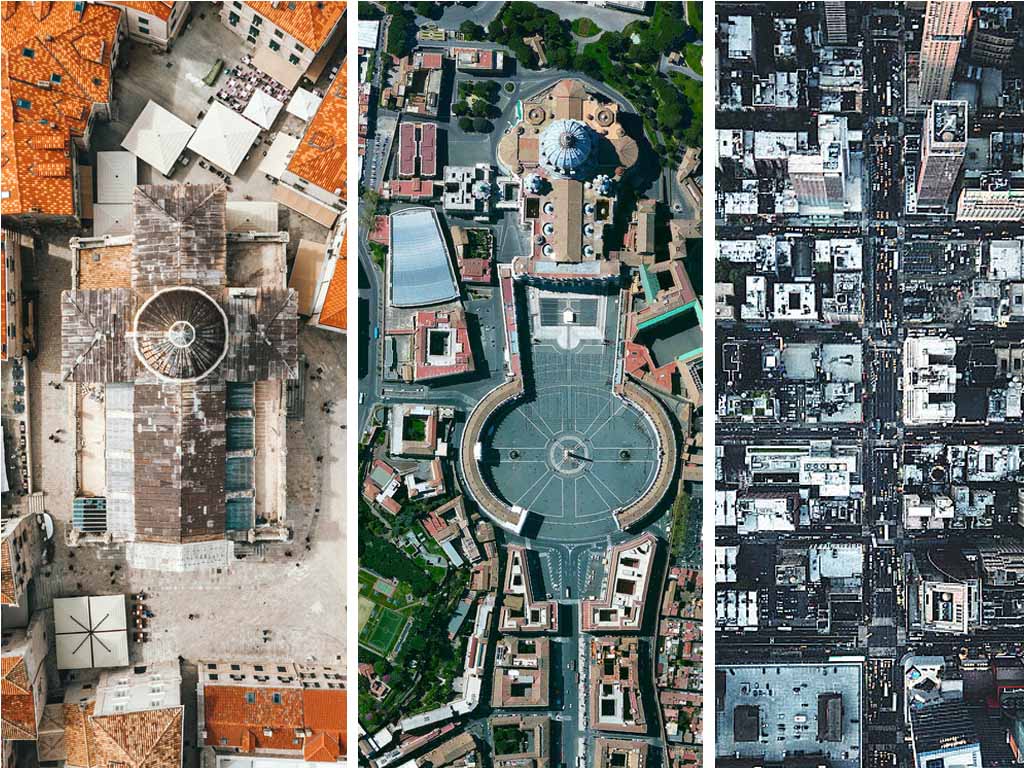
The Pandemic – An Oncoming Wave
While the pandemic brought us to our knees, on the flip side, it raised questions about what public space means to people. Hence presented is an opportunity to rethink the quality of public spaces and explore the hidden potential in our streets. It is an understanding that going back to the city as we knew it before the pandemic is not an option anymore.
‘What are the drawbacks of current design tactics?’, ‘How is the need for user experience design developing?’
Amidst different upcoming ideas for a new approach toward people’s experience in urban space, design is the approach where the outdoor environment is seen as a liberation from the quarantine. Different studies and research started and are still evolving around the question, ‘What does it mean for Urban design and cities in the future?’
City Design Post Pandemic
‘Accommodate’ ‘adjust’ has become the guideline with ‘adapt’ trying to make its way into the idle minds. With a new normal in the process of being defined, there is an acceptance regarding the fact that the way we look at and perceive things are changing. Amidst this, while confined, we are on the lookout to reverse going outside by bringing the external into our homes. That’s where the scope for new thought is. The opportunity lies in the fact that people want the indoor spaces to reflect outdoors and vice-versa.
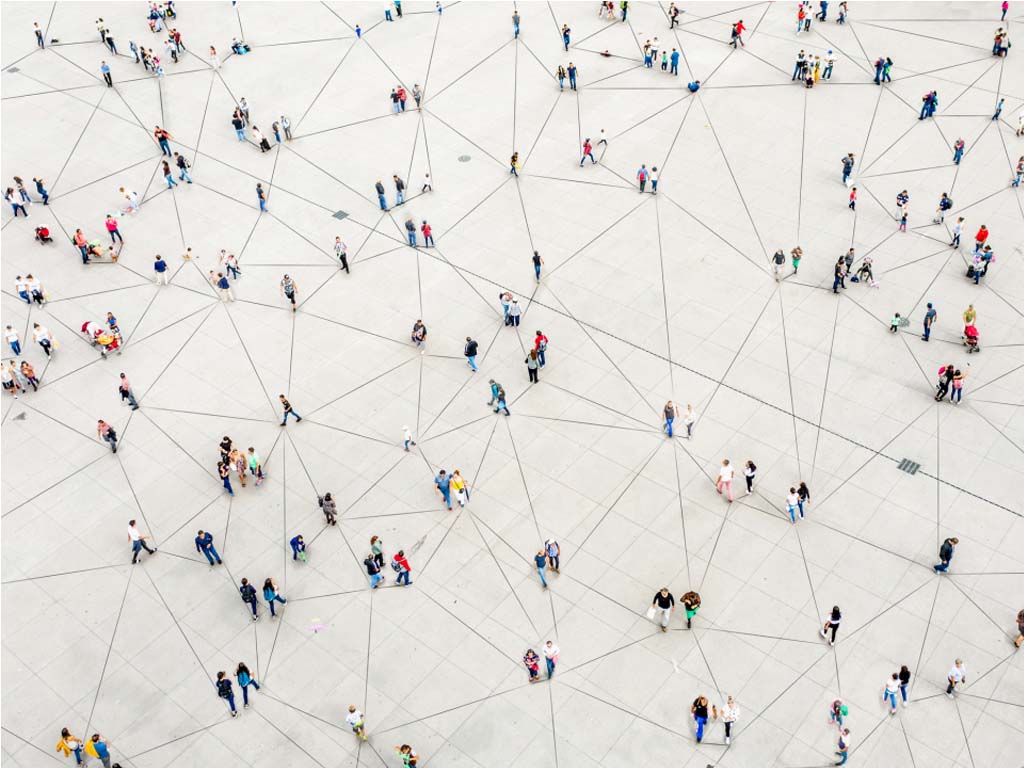
Given the number of cities, each carrying its charm and quality, it is not right to conclude a ‘single solution’ approach to the revamp process. Hence comes into play the concept of ‘Mass Customization’ over ‘Mass Production’. Multiple trends have emerged in the last year exploring the evolving user experience in public spaces.
1. Accessible City
With the sudden imposition of lockdown across the world, one of the most concerning consequence was accessibility. As resources were in demand and movement was restricted, the focus came on how the basic neighborhood design got buried amidst the planning process. In this case, the design model is the product of a decentralized approach making basic amenities accessible within a 15-minute distance.
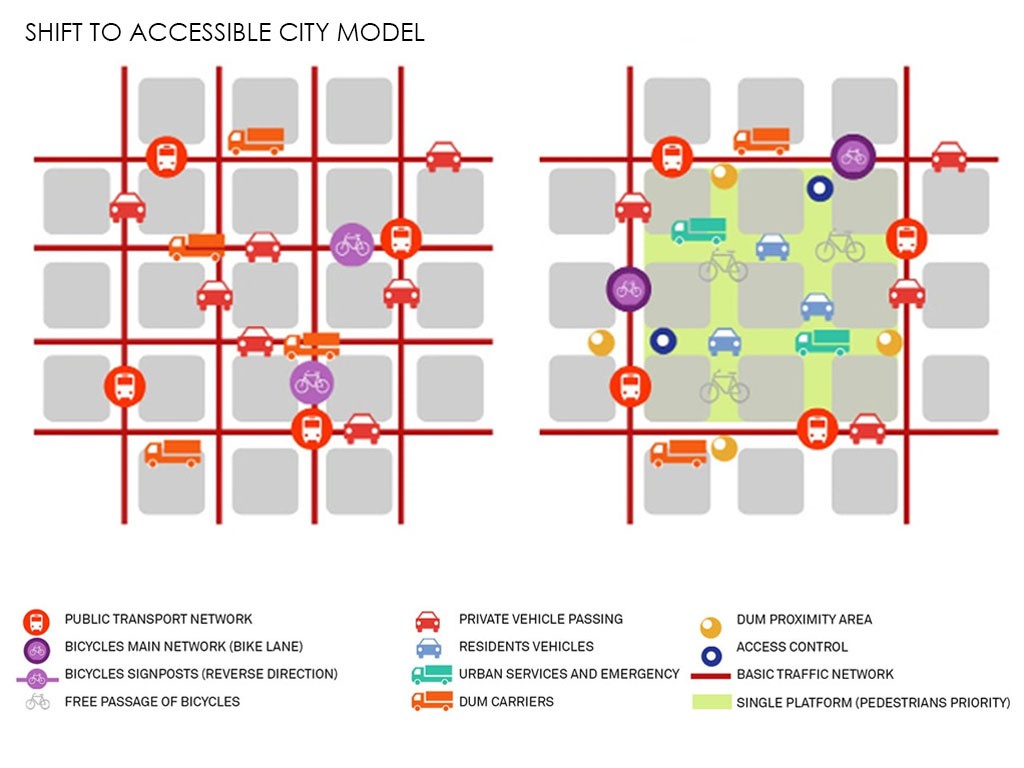
While this model enhances the public quality of a said community, it also becomes an answer to establishing a sustainable city. With the necessities handy, all it would take is a short walk or a bike ride to get around reducing carbon emissions greatly. With urban sprawl in today’s cities demanding people to travel over large distances for their needs, this model is a viable alternative in the vision of a post-pandemic city.
2. Healthy Communities
The quality of our cities today makes us question if there is a lacking in the way opportunity for public space interaction is provided. As mentioned earlier in the article, the current urban design model can be considered a contributing factor to the rapid spreading of the pandemic. The lockdown scenario came into the picture after the realization that the existing platform provided for public space interaction id not equipped to deal with sudden mass causalities.
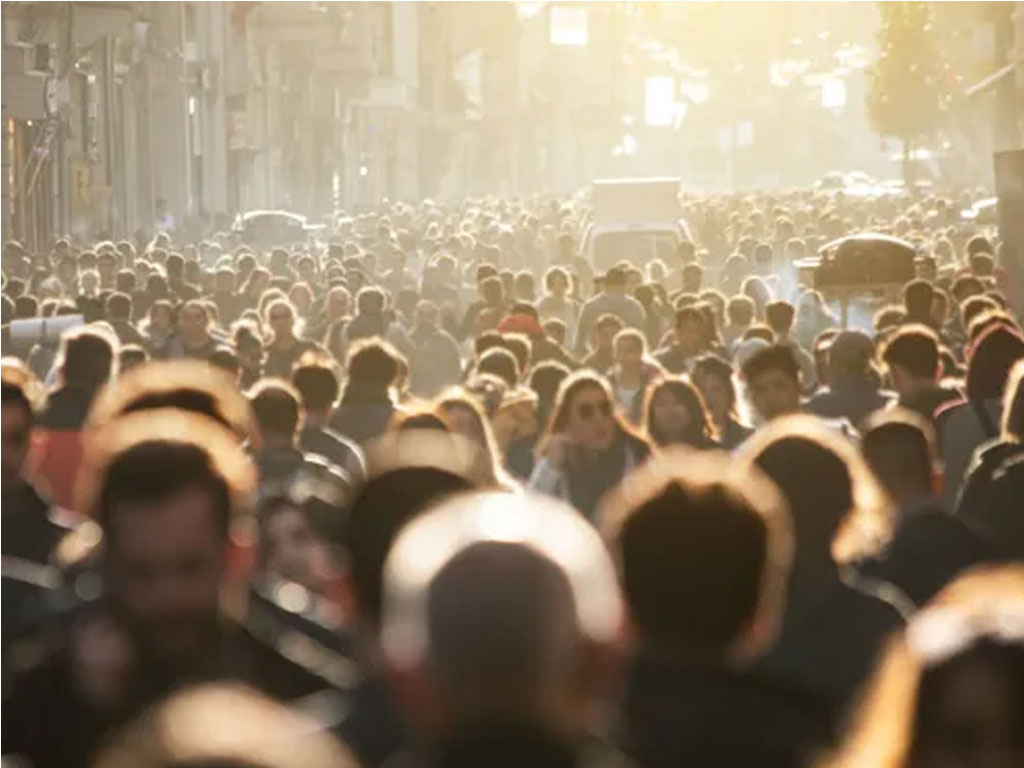
But now, there is a chance to approach the design process through strategies that allow blurring the lines between the indoor and the outdoor when deemed necessary. Designing a city resilient to handle the impact of radical situations like the pandemic and still bounce back without many causalities can become the broader bracket of approaching the same.
3. Participatory Design
Many a time in the search for an ideal design strategy for a public space, a share of the stakeholders go out of the picture. While the need is there for expertise when it comes to designing an urban space, the same can be built from a conversation with the parties involves.
Fully understanding the requirements of the users of a public area, and then proposing a design strategy to cater to the same bringing into the picture elements of efficiency, finance, resilience, and sustainability can become a step in the process to create an access way or rest-stop tailored to fit the locality.
4. Greener Public Spaces
One of the major concerns that came to light and is heatedly debated about post-pandemic is climate change. Suffice to say, the existing city design is a contributing factor. Longer travel distances and hence greater fuel emissions are the cream of the layer.
There can be the formation of “urban heat islands” especially along the inhabited sections owing to increased hardcover surfaces hence increasing the temperature in the area by a few degrees above the comfort levels. While at one glance this may come off as a localized problem, it is as the saying goes ‘Little drops together make an Ocean’. The congregation of this phenomenon in many such regions can create a combined effect.
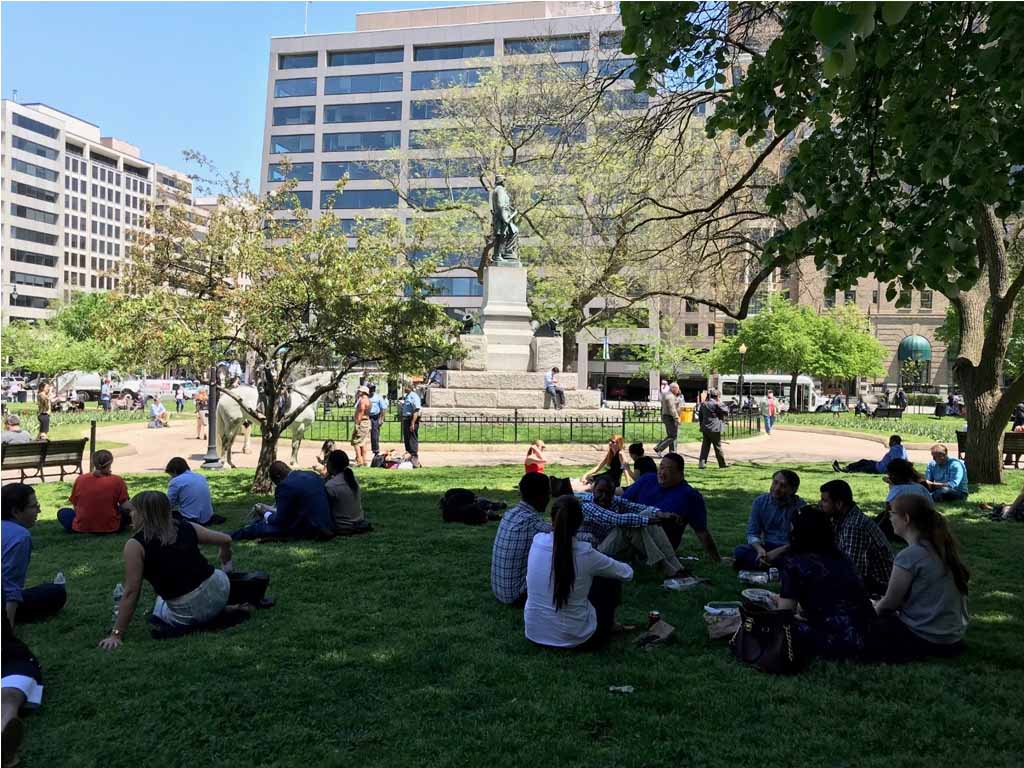
With an opportunity to renew the current approach, the upcoming design strategies can take an equalized stand balancing out the percentage of hard cover to soft cover in the overall development process. Taking care that this scale does not tip over to one side can become a key point in achieving sustainability in city design.
5. Human Centric Design Process
The pandemic was accompanied by an onslaught of emotions, experiences, and outlooks. One of them that stood out the most was isolation, the consequence of which went beyond what was visible. Social life and quality interaction are two major characteristics that were barricaded in what we dealt with for the past two years.
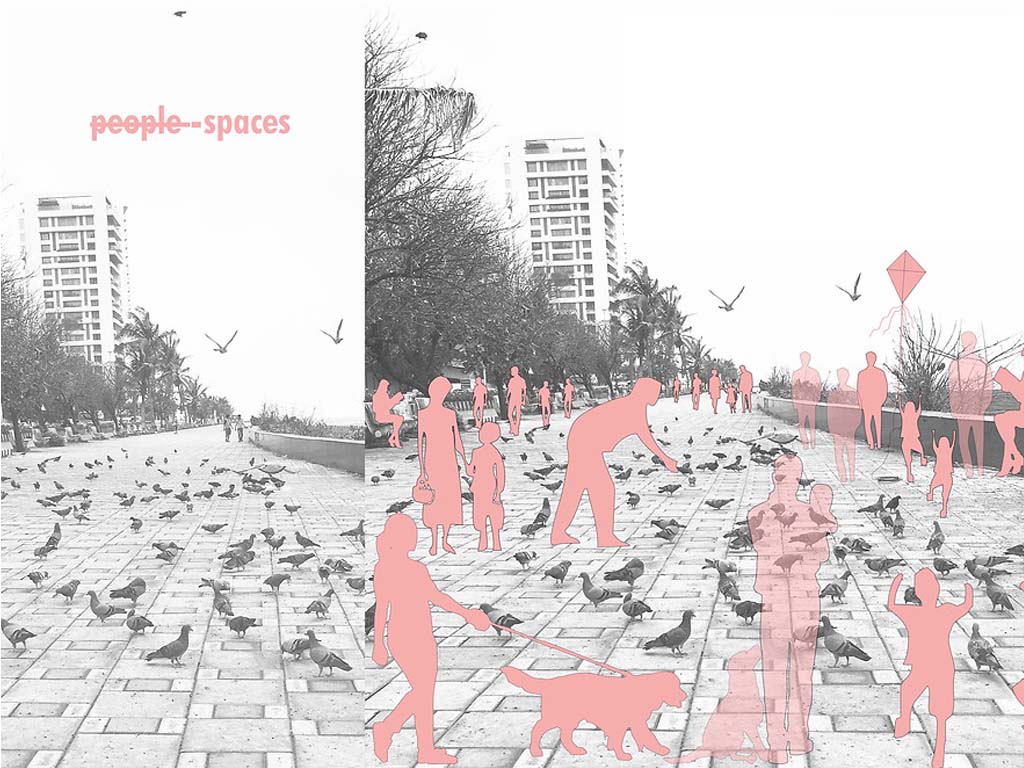
Given the duration of physical isolation, it is undebatable that people have renewed expectations when it comes to what public space means to them now. Emerging from a lockdown, we have been presented with an opportunity to realign human experience, the built and the unbuilt environments.
The design strategy requires a tool that can reintroduce public space and human interaction in a way that can let us move past the period of seclusion in a smooth transition. To achieve that proposed design concepts defining interactive zones should act as a spatial medicine that can allow the user experience to be redefined on the footprints of the past.
Superblocks, Barcelona – An Experience to Learn From
Redefining the quality of streets as public spaces and community spaces can become a core design strategy in the post-pandemic world. To achieve that, it can be pivotal to view streets and community spaces as an extension of houses and other indoor spaces. ‘The Superblocks program is a new way of organizing the city, redistributing public areas between vehicles and people through the specialization of streets.’ (C40 Cities, 2018)
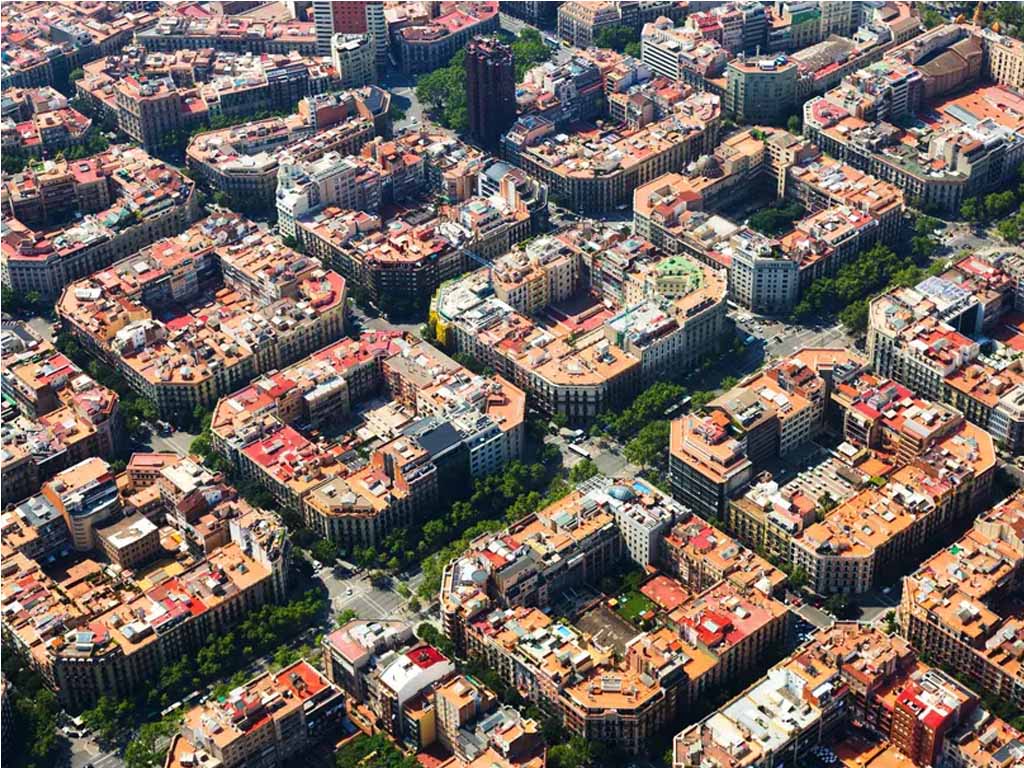
The accessibility of the city is so envisioned that the areas allotted for vehicular and pedestrian traffic create an opportunity to explore the potential of streets as public spaces beyond their pedestrian function. In this model, the priority is towards pedestrian traffic aiming to enhance the overall environmental quality of the open space. Superblocks in Barcelona was a step taken towards that goal.
The Concept
Restricting the entry of traffic within nine city blocks, the design emphasizes a one-way system allowing access to parking and garages. With curbside parking banned, the approach is to design the reclaimed public space to result in a pedestrian-friendly neighborhood, small markets, and street activity.
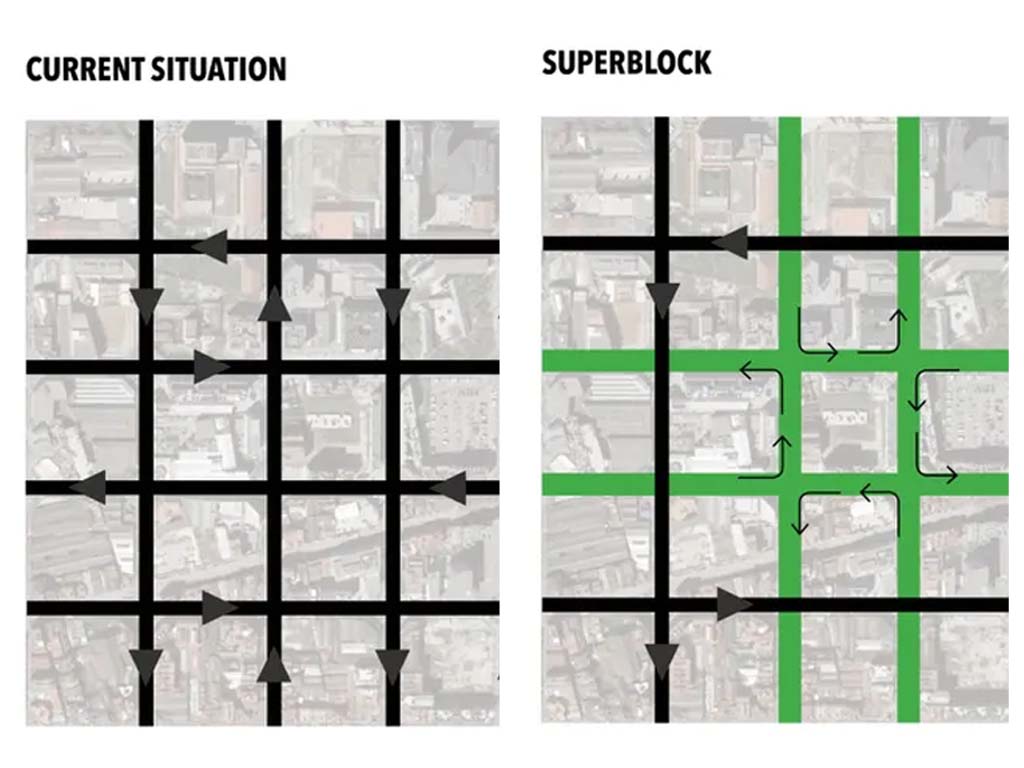
The Working Principle
The design process involves community participation through every stage of planning. As opposed to physical transformations of the urban space, the process involves a strategic approach to achieve financially efficient and small-scale interventions to revamp the vibe of the community.
Taking up public discussion and debate to configure the needs of the stakeholders, the strategies analyze the revision of existing urban zones. In addition to a design that fits the community, the process is also a step taken toward achieving climate oriented obligations of the city of Barcelona. ‘Through collective action, the city aims to ensure that by 2030 Barcelona will have reduced its per capita levels of CO2-equivalent emissions by 40% compared to 2005 levels.’ (C40 Cities, 2018)
Core Achievements
The concept of superblocks allows the concept of street safety to transcend the restraints of fear instilled by vehicular traffic, especially in children and the elderly. The consequence of this is a platform for a better quality of public interactions. In addition, the design approach creates a positive impact on social bonds and physical health.
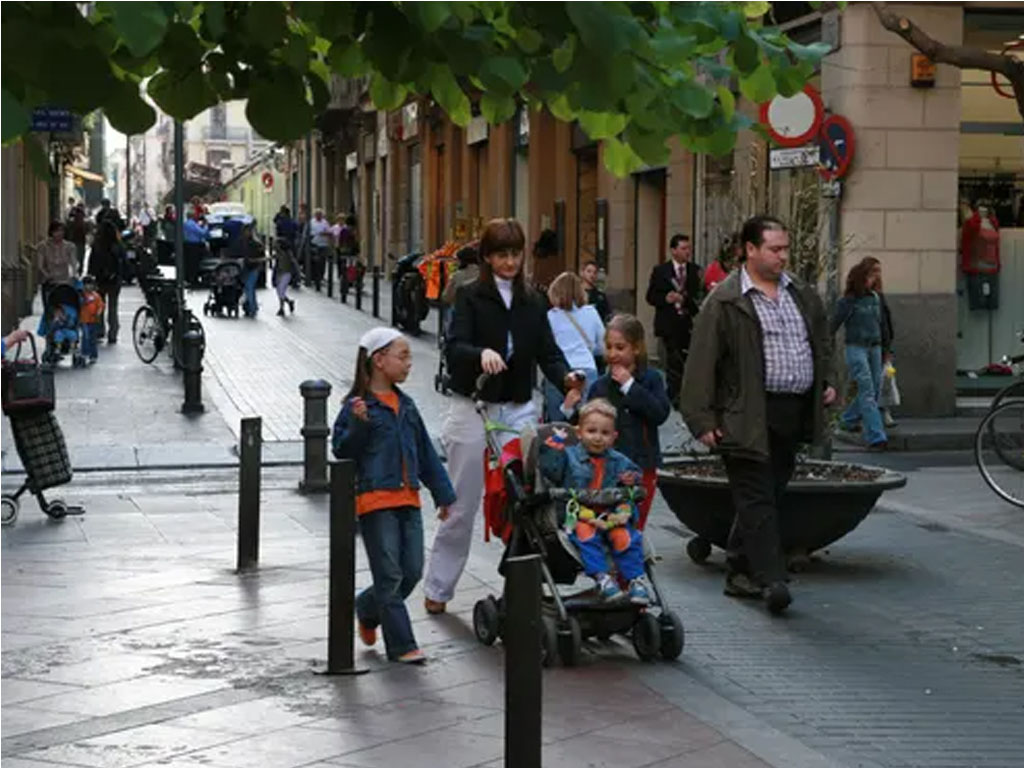
‘The Urban Mobility Plan (UMP), linked to the Superblocks program, is crucial and will enable a 21% reduction in private car and moped use in the city. The predicted reduction of CO2 in the scenario of 21% reduction of UMP traffic was 22.6% of t since 2011.’ (C40 Cities, 2018)
Scope of Design Approach
The design process aims to define a planning process around a traffic flow network which becomes the basis for upcoming proposals within the city. While defining a standard set of guidelines, the approach allows room for flexibility so that the final design can be fine-tuned to address the needs of that particular community in which it is implemented.
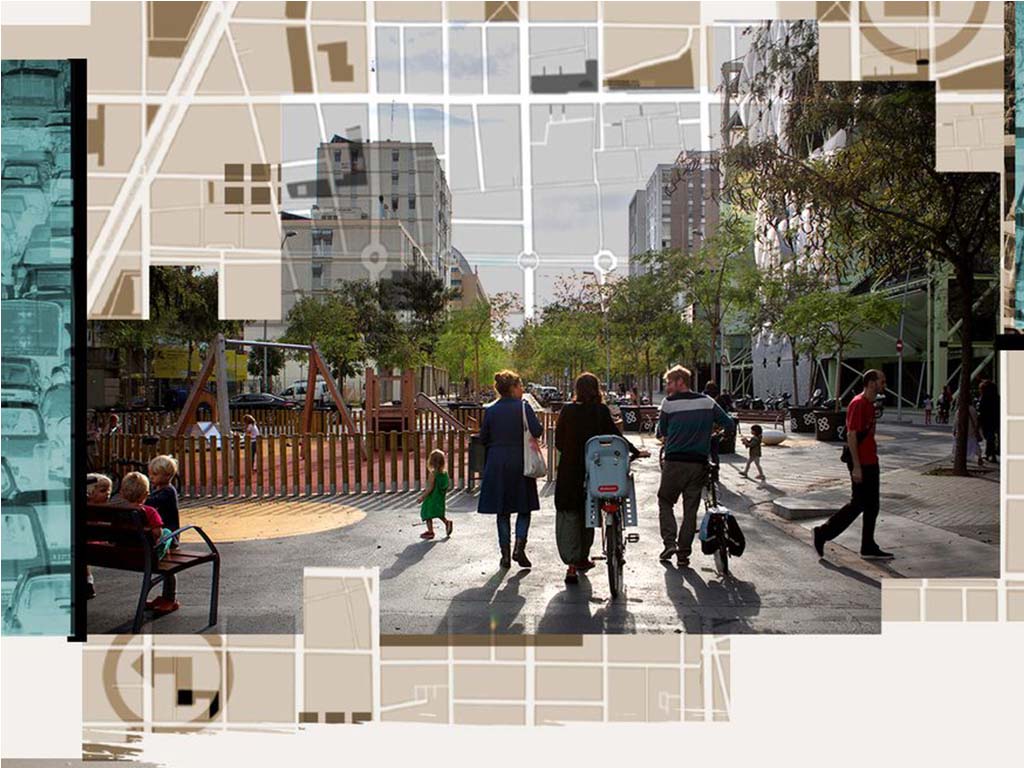
Every superblock is designed to possess qualities that define it as a mini city with a unique character defined by the users inhabiting the locality. This character is a picture pained by the collaboration between the user and the designer to put together an end-to-end filled with elements creating the experience that writes its story.
The Undiscovered Future
Scurrying to answer to the pandemic, ‘Balconies’, ‘sanitization stations’, and ‘washbasins’ became immediate solutions and temporary solaces. One can think that there is a need to look at things on a larger scale to find a long-term answer. But what if the road to that lies in starting small? Urban strategies as interventions to revive an urban void or even revamp a public park can have a significant impact on a community striving to return to being socially active.
The answer most likely lies in facing what is thrown at us head-on and appreciating the realization that there is room for improvement accompanying it. With ample time in the most comfortable place in the world, is a platform that is created to make the best of ourselves, be it an imaginative side that wants to come out to play or a skill that needs to be learned. What matters is that one is not lost to the negativity in the situation but explores the potential that lies within the swirl.
References
Antunes, M. E., Oliveira, D. G., & Barroca, J. G. (2021, September 13). Urban Future With A Purpose. Retrieved from Ddeloitte insights: https://www2.deloitte.com/xe/en/insights/industry/public-sector/future-of-cities.html
Asaad, M. N., & Elrahman, A. S. (2021). Urban design & urban planning: A critical analysis to the theoretical relationship gap. Ain Shams Engineering Journal, 1163-1173.
C40 Cities. (2018, March). Retrieved from https://www.c40.org/case-studies/barcelona-superblocks/
City Aerial Pictures, Images. (n.d.). Retrieved from iStock: https://www.istockphoto.com/photos/city-aerial
Didolkar, S. (2021, June 2). Retrieved from Why people-centric Urban Design: https://infoarsuruchi.wixsite.com/urbandesignforpeople/post/why-people-centric-urban-design
INDIA, G. O. (2021). REFORMS IN URBAN PLANNING. Delhi: NITI Aayog.
Jaoude, G. A., Mumm, O., & Carlow, V. M. (2022). An overview of Scenario Approaches: A guide for Urban Design and Planning. Journal of Planning Literature.
Klaus, I. (2020, March 7). Pandemics Are Also an Urban Planning Problem. Retrieved from Bloomberg: https://www.bloomberg.com/news/articles/2020-03-06/how-the-coronavirus-could-change-city-planning
Kolb, E. (2019, July 20). USA Today. Retrieved from USA Today: https://www.usatoday.com/story/news/world/2019/07/11/the-50-most-densely-populated-cities-in-the-world/39664259/
KUCHENBECKER, P. A. (2019). Humanizing the streets. Netherlands: Chair Group Landscape Architecture Wageningen University.
Lee, H. (2018, October 24). Quantifying public spaces for better quality of urban assets. Retrieved from World Bank Blogs: https://blogs.worldbank.org/sustainablecities/quantifying-public-spaces-better-quality-urban-assets
Team, A. E. (2016, October 1). How Barcelona’s “Superblocks” Pedestrian Plan Hopes to Return the Streets to the People. Retrieved from Archdaily: https://www.archdaily.com/796252/how-barcelonas-superblocks-pedestrian-plan-hopes-to-return-the-streets-to-the-people
Tiwari, G. (2022, June 22). Walking in Indian Cities – A Daily Agony for Millions. Retrieved from The Hindu: https://www.thehinducentre.com/the-arena/current-issues/walking-in-indian-cities-a-daily-agony-for-millions/article65551959.ece
Zarracina, J. (2019, September). Cars dominate cities today. Barcelona has set out to change that. Retrieved from Vox: https://www.vox.com/energy-and-environment/2019/4/8/18273893/barcelona-spain-urban-planning-cars
Architect graduated with a Bachelor’s in Architecture from the University of Mumbai. Inquisitive about Universal design Strategies and accessible design she is interested in reading about upcoming design strategies and human experience in the design process.
Related articles

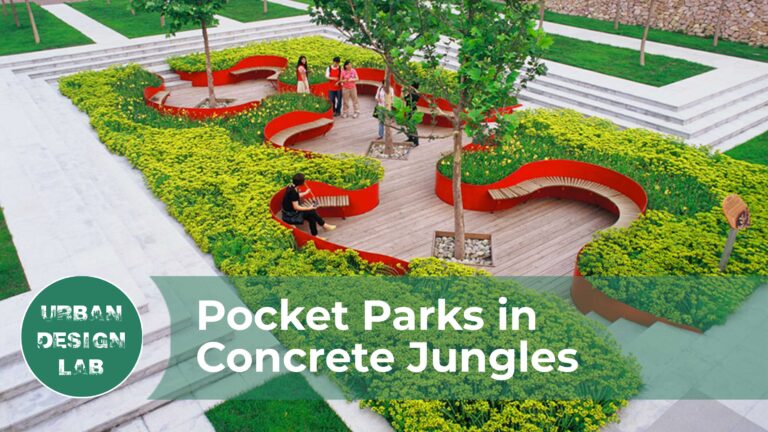
Pocket Parks in Concrete Jungles
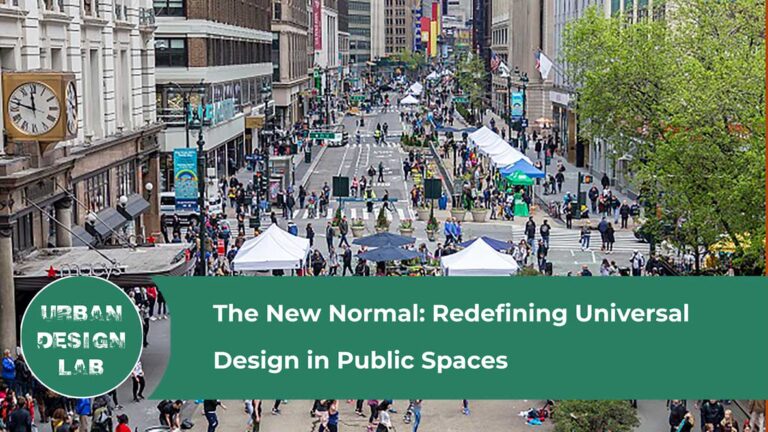
The New Normal: Redefining Universal Design in Public Spaces
Leave a Reply
UDL Photoshop
Masterclass
Decipher the secrets of
Urban Mapping and 3D Visualisation
Session Dates
4th-5th May, 2024
Recent Posts
- Article Posted:
- Article Posted:
- Article Posted:
- Article Posted:
- Article Posted:
- Article Posted:
- Article Posted:
- Article Posted:
- Article Posted:
- Article Posted:
- Article Posted:
- Article Posted:
Sign up for our Newsletter
“Let’s explore the new avenues of Urban environment together “



